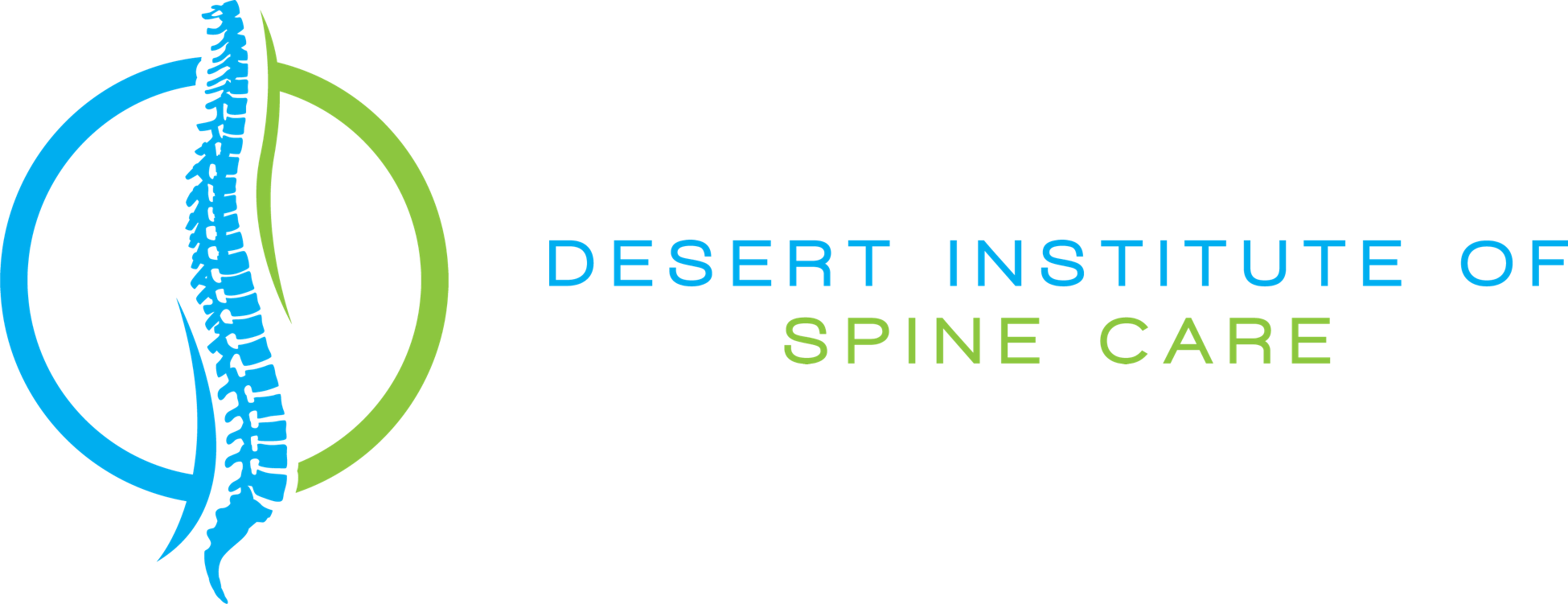- Anterior Cervical Discectomy
Lumbar spondylolithesis is a condition in back that causes mechanical back pain and radiating leg pain. Mechanical back pain can be thought of as low back pain when bending forward, backward, side to side or twisting. Radiating leg pain is referring to as lumbar radiculopathy, although numbness, tingling and weakness can also occur.

Spondylolithesis is often called a “slipped disc” because of the shape of the spine and difficulty with it pronunciation. This of this condition as one spinal bone sliding away from the neighboring spinal bone, creating an abrupt transition instead of a smooth sloping normal appearance.
Although there are six types of slipped disc, the most common that I see in the clinic involve age related slips and slips with a bony defect (sometimes referred to as a pars fracture). The main point of slipped discs is that they can usually be managed without surgery. The basic tenets of conservative care predominate. Management begins with first line medications like anti-inflammatories and therapeutic exercises or chiropractic. Non-responsive conditions require progressive medical regimens (muscle relaxers and narcotics) and epidural cortisone injections. Surgery is reserved for the most debilitating cases of slipped discs, especially when the slips are unstable and require a stabilization surgery (lumbar fusion surgery).


